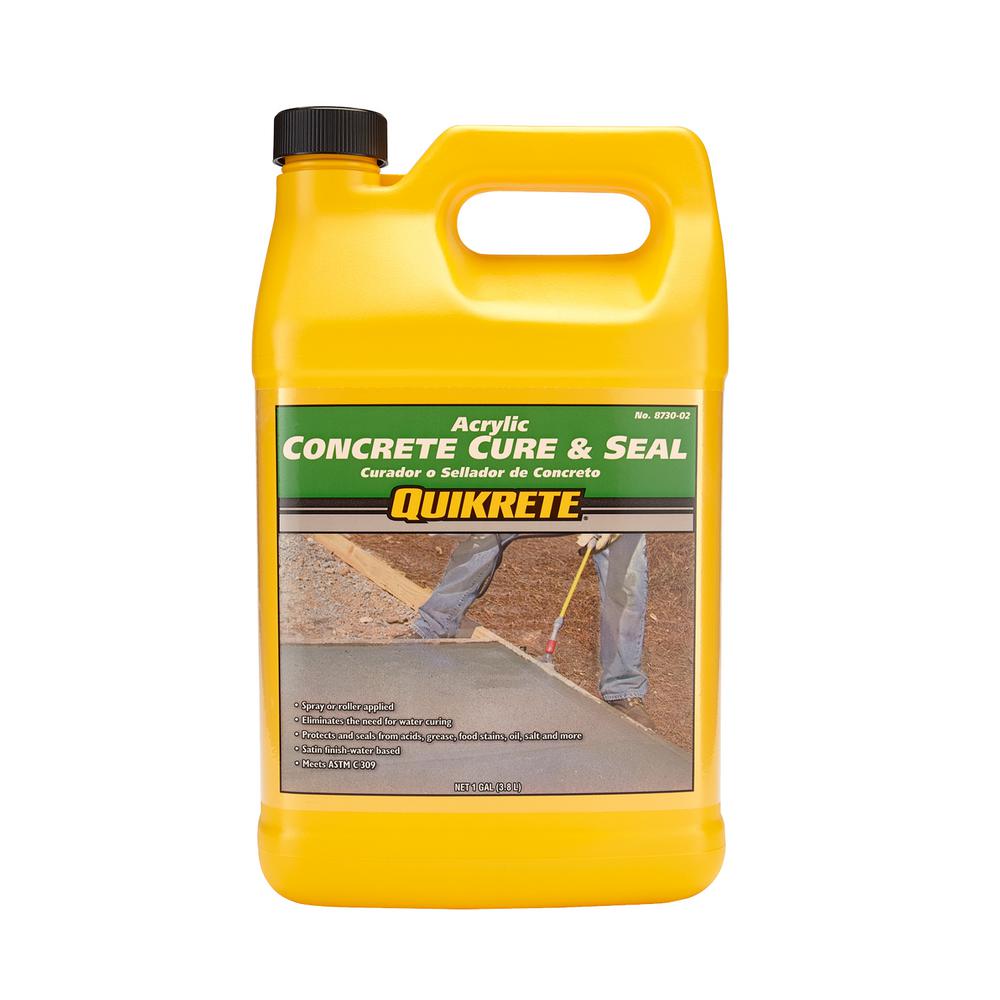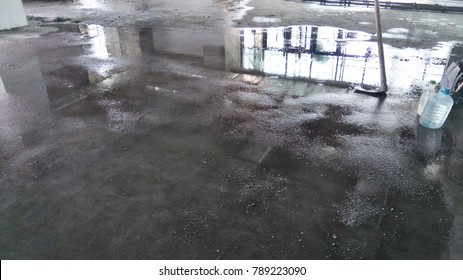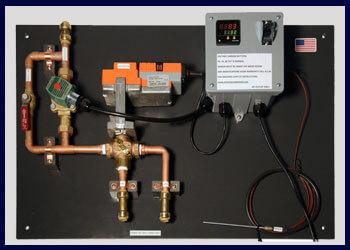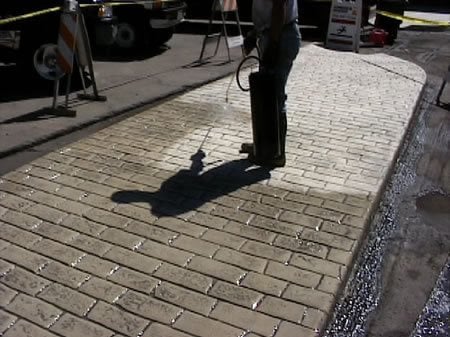Water Curing Concrete Walls

Prevent the loss of the mixing water from concrete by sealing its surface.
Water curing concrete walls. The best cured concrete is concrete that is cured slowly uniformly and evenly from top to bottom. Spraying water on your new concrete is one of the best and oldest ways to cure your concrete. Portland cement is a hydraulic cement that sets and hardens in the presence of water. Curing methods water cure the concrete is flooded ponded or mist sprayed.
During the summer months the outside temperature can become hot. Keep the concrete immersed in water during the curing period to fulfill the moisture requirements of. Otherwise it may cause cracking from thermal stresses. Curing concrete after the casting the concrete is very important.
Water curing can be done using the following techniques. Immersion curing is usually done during concrete testing when curing concrete test specimens. Sunscreens windscreens fogging and evaporation retardants can be used for hot weather concrete placements. Cover the concrete with the.
This is the most effective curing method for preventing mix. Used to cure flat surfaces on jobs or controlled areas where water can be easily retained on top of the. Water retaining methods use coverings such as sand canvas burlap or straw that are kept continuously wet. They should be loosened as soon as it is possible to do so without damage to the concrete.
Curing of concrete involves keeping the concrete moist and protects against loss of moisture required for hydration cement. During the drying process water bleeds from inside. Since concrete strength gain in hot weather is faster curing period may be reduced. Waterproof paper or plastic film seal are.
A fabric sheet traps water and keeps the concrete moist. Forms do not provide a satisfactory curing enclosure in hot weather. Ponding method is one of the very well known and widely adopted methods in concrete curing. Do spray new concrete with water.
Wet curing the concrete 1. One of the most common methods for curing concrete is to hose it down frequently with water five to 10 times per day or as often as you can for the first seven. Wait until the water sheen evaporates from the concrete surface. Get a fabric sheet that will cover the entire concrete slab.
Curing water should not be much cooler than the concrete. Water should then be run onto the exposed top concrete surfaces so that it flows down over the vertical surfaces inside the forms.
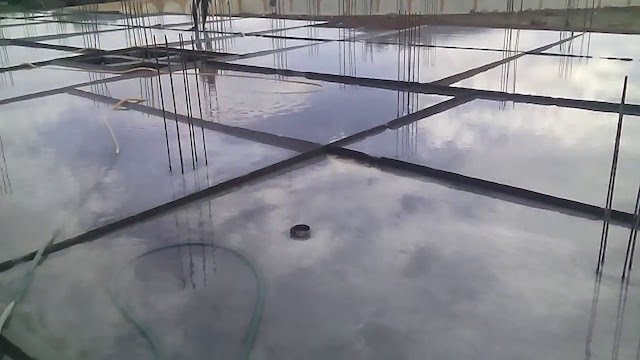




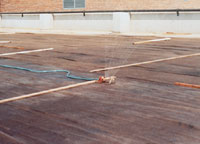

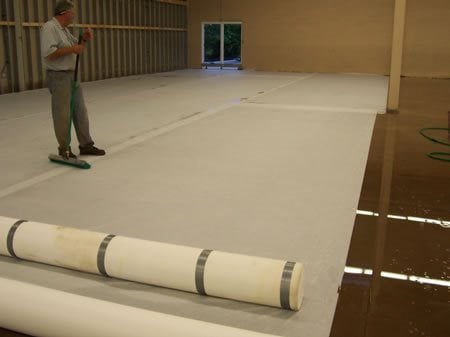

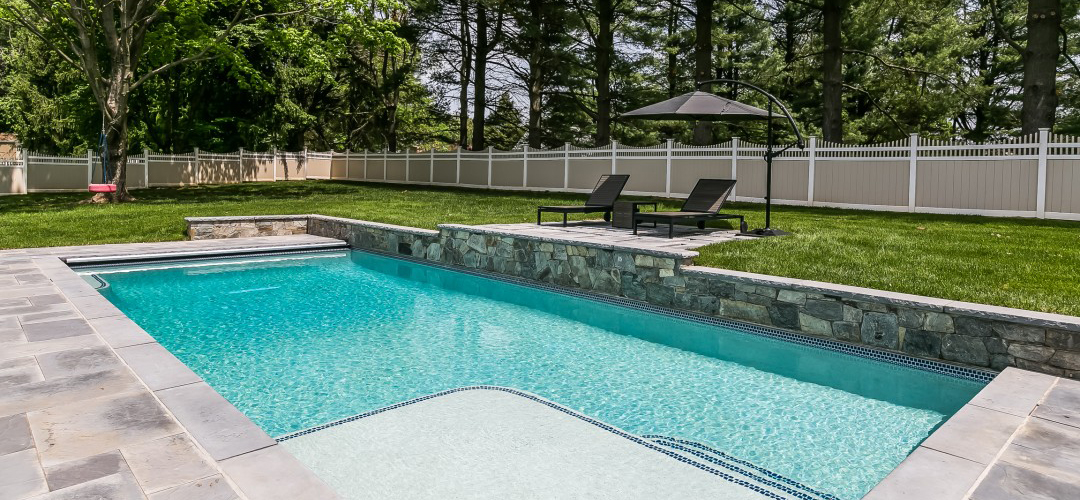
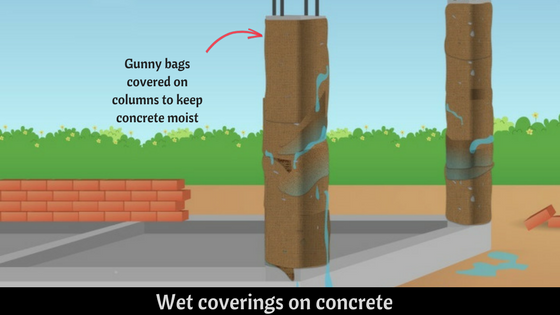




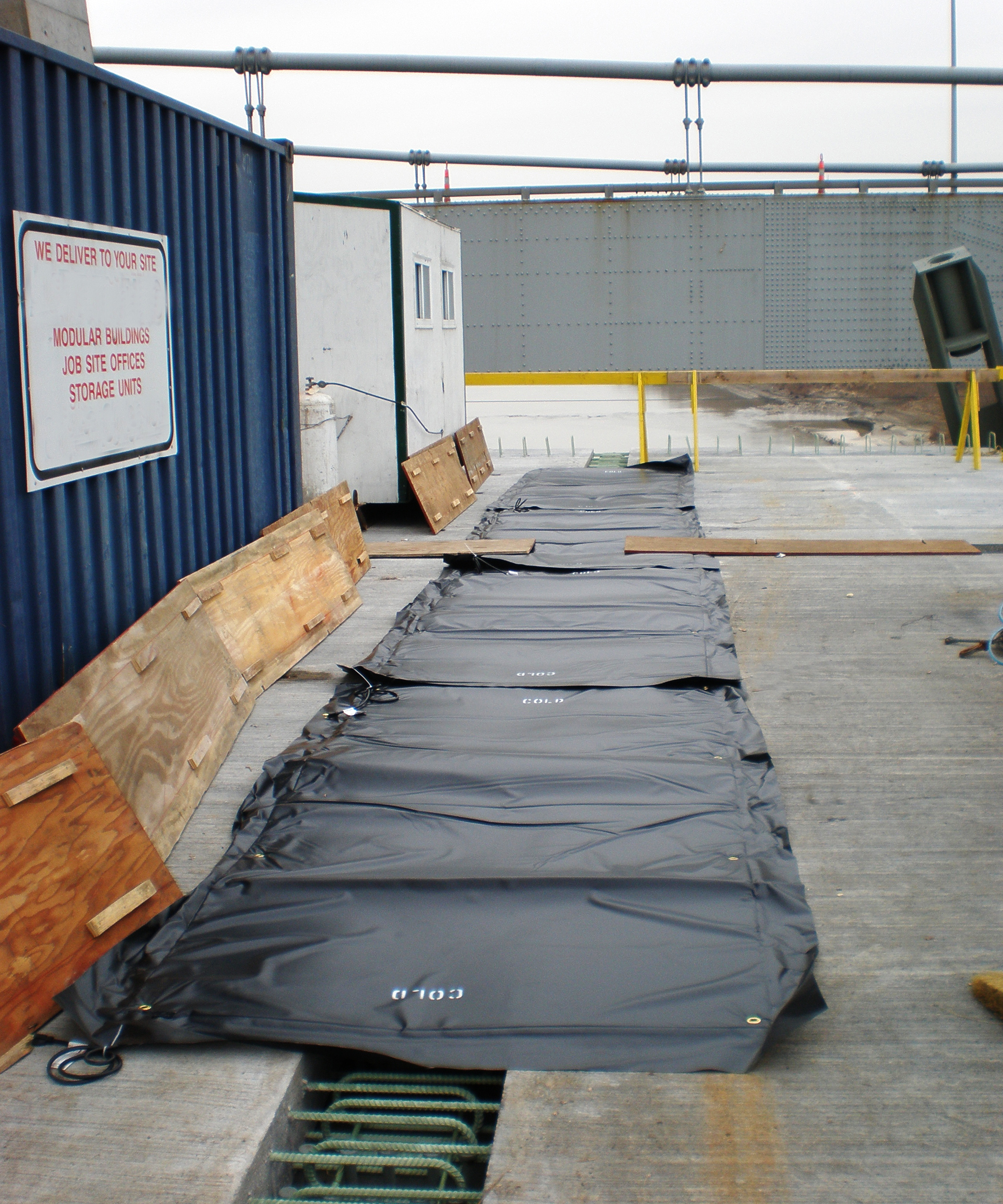

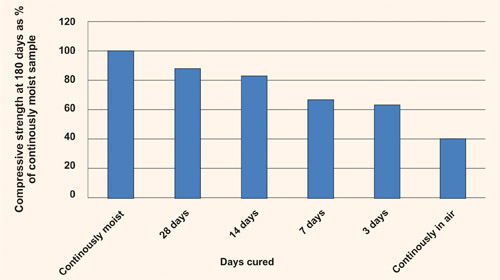


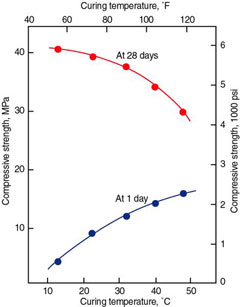


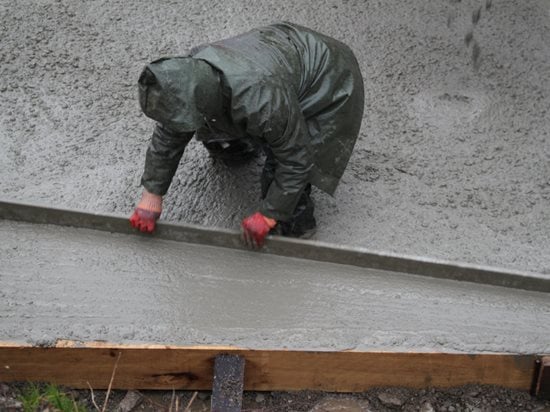

/cdn.vox-cdn.com/uploads/chorus_image/image/65889348/iStock_1080117518.8.jpg)

